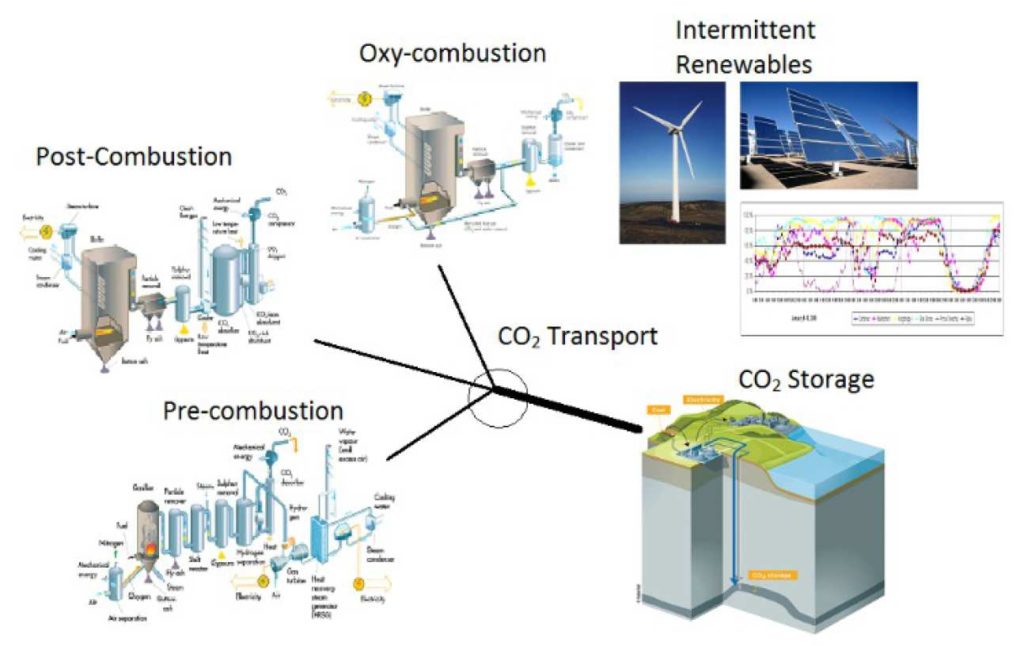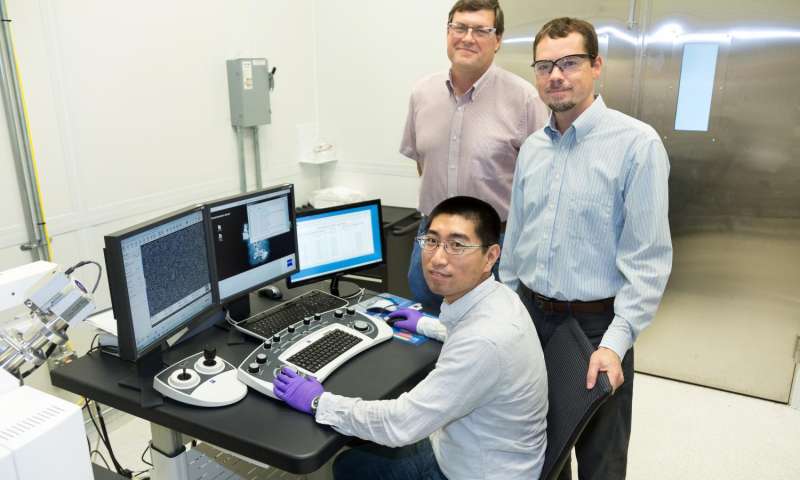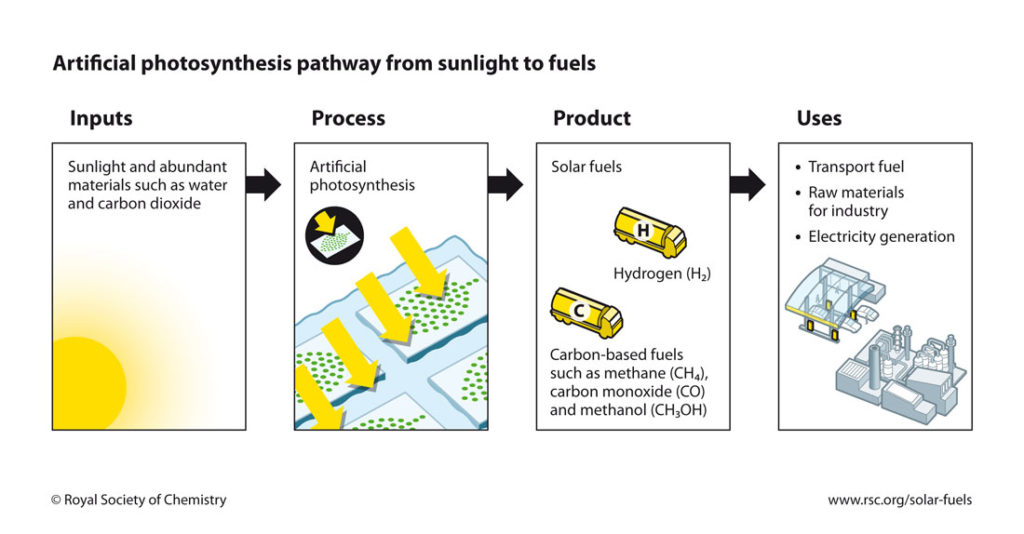Clean energy is energy that does not pollute the atmosphere when used. Clean energy made big strides last year. The Paris climate accord was put into effect, bringing about offshore wind energy. The cost of solar installation in the U.S has dramatically reduced over the last few years. Furthermore, climate change researchers have made significant technical breakthroughs that will definitely make sustainable energy more affordable for everyone.
Today’s commercially available technologies can’t satisfy all the world energy demands. The United States intergovernmental experts on climate change added that the world must cut greenhouse gas excretion by as much as 70% by mid-century, and nearly to zero by 2100. The idea is to avoid reaching peak global warming levels that could eventually lead to mass extinctions, widespread drought, and sinking cities.
To capture greenhouses gasses, we will need smarter grids, extremely effective renewable resources, and powerful systems. Let’s look at some of the most interesting breakthroughs of 2016.
Carbon storage

To those who are new to this term, carbon storage is a method of capturing waste (CO2), such as fossil fuels, and transferring it to a storage site.
Power generation activities are accountable for emitting 30% of the CO2 in the atmosphere, so capturing these emissions can be critical to any reduction plan. 2016 saw advances of not one but several emerging ways to capture CO2 in power plants.
The question that comes to mind is ‘What to do with the waste after it is successfully captured’. One method entails placing it deep underground and turning it into stone. Not long ago, the Reykjavik Energy project in Iceland has been injecting CO2 and H2O deep underground, where they interact with the volcanic rocks that are abundant underground.
Carbon dioxide turned to ethanol

The other discovered method for capturing CO2 entails converting it back to usable fuels. Ethanol is a flammable liquid which is produced by natural fermentation of alcohol.
Earlier 2017, researchers at the United States department of Energy Oak Ridge National Laboratory accidentally discovered a process for converting carbon dioxide into ethanol. Researchers developed a catalyst that transformed (CO2), gas into yields of ethanol without the use of expensive elements. This catalyst helped dissolve the CO2 solution in water and eventually turn it into ethanol.
According to the scientists, small particles of copper and carbon helped trigger a chemical reaction that unexpectedly turned carbon dioxide into ethanol.
The researchers said ethanol was a surprise state – it’s difficult to go straight from CO2 to ethanol with a single catalyst. But this breakthrough is massive news for clean energy and the fight against global warming.
Artificial Photosynthesis

This is the process of converting water, CO2 and sunlight into oxygen and carbohydrates.
Scientists discovered a bionic leaf that can capture and convert 10% of the energy in sunlight. This is much better than photosynthesis on the average plant. However; this new artificial photosynthetic system combines CO2 and H2O into acetate, the most common block today for biosynthesis.